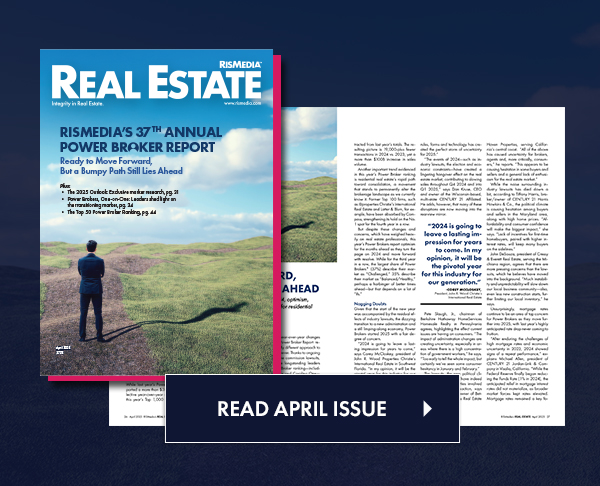Annual single-family rent growth decreased to 4.3% in March, with this reading marking almost a year of straight decreases, according to a new report from CoreLogic.
CoreLogic’s latest Single-Family Rent Index for March found that while overall rent growth remains slightly elevated above pre-pandemic rates, higher-priced property gains are normalizing. In addition, while rent growth slowed to its lowest rate since February 2021, single-family rents continued to increase, and the cumulative gain since February 2020 has totaled 23.2%.
CoreLogic examines four tiers of rental prices to gain a detailed view of single-family rents. Year-over-year rent growth slowed in all four tiers in March, but the lowest tier posted the highest growth, suggesting that a lack of affordability continues to pressure budgets amid low inventory of low-cost rentals.
The national single-family rent growth across the four tiers, and the year-over-year changes, were as follows:
- Lower-priced (75% or less than the regional median): up 6.7%, down from 13.4% last year
- Lower-middle priced (75% to 100% of the regional median): up 5.3%, down from 14.1% last year
- Higher-middle priced (100% to 125% of the regional median): up 4.3%, down from 14.5% last year
- Higher-priced (125% or more than the regional median): up 2.9%, down from 12.9% last year
- Attached versus detached: Attached single-family rental prices grew by 5% year over year in March, compared with the 3.2% increase for detached rentals
Major takeaway:
Of the 20 metro areas the report tracks, CoreLogic found that Charlotte, North Carolina posted the highest year-over-year increase in single-family rents at 7.7%. Orlando, Florida and St. Louis, Missouri registered the next highest annual gains, a respective 6.6% and 6.4%. Las Vegas and Phoenix saw annual rent price declines, both at -0.2%.
“Single-family rent price gains continued to slow year over year in March, with growth at about one-third of the rate as observed one year earlier,” said Molly Boesel, principal economist at CoreLogic. “The slowdown is more pronounced in the higher-priced tier, where growth is now about the same as it was before the pandemic. However, gains in the lower tier are still twice the pre-pandemic rate, with all tracked metro areas posting increases at that price level.”
For the full report, click here.












